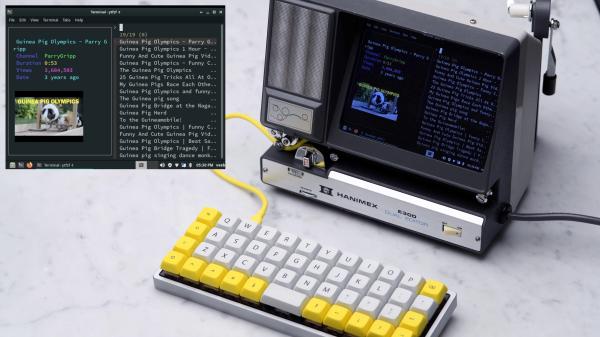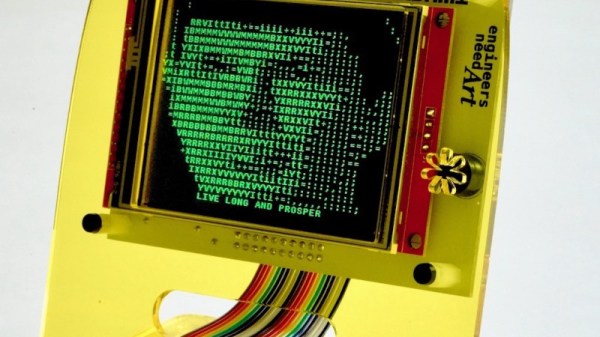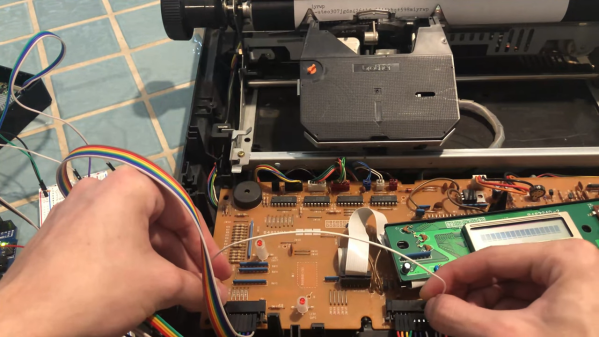While computers have become ever faster and more capable over the years, it’s hard to say they’ve become any more exciting. In fact, they’ve become downright boring. Desktop, laptop, or mobile, they’re all more or less featureless slabs of various dimensions. There’s not even much in the way of color variation — the classic beige box is now available with white, black, or metallic finishes.
Believing that such a pedestrian appearance isn’t befitting a device that puts the world’s collected knowledge at our fingertips, [Keegan McNamara] started exploring a more luxurious approach to computing. Gone is the mass produced injection molded plastic, in its place is hand-carved maple and Tuscan leather. Common computing form factors are eschewed entirely for a swooping console inspired by fine furniture and classic sports cars. The final result, called the Mythic I, is equal parts art and science. Not just a bold reimaging of what a computer can be, but an object to be displayed and discussed. Continue reading “Mythic I: An Exploration Of Artisanal Computing”

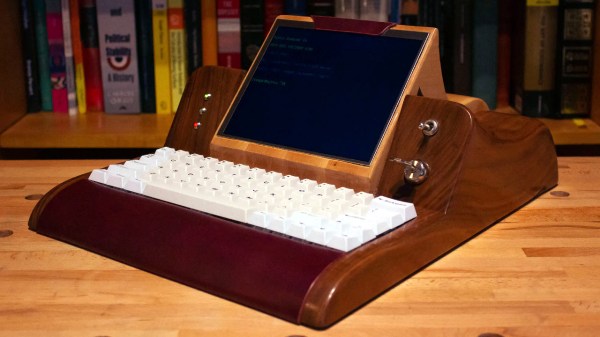
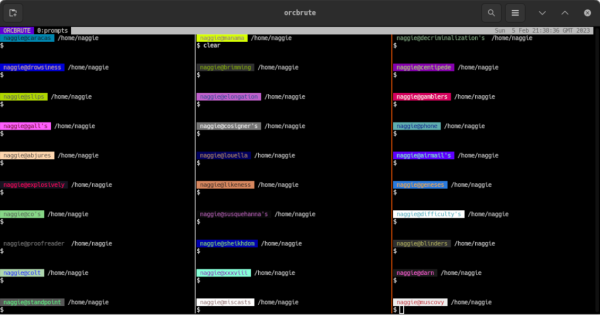

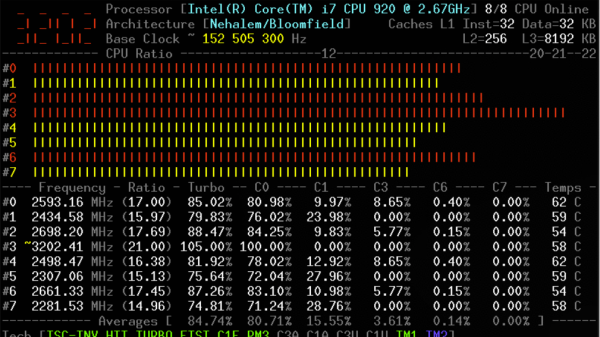
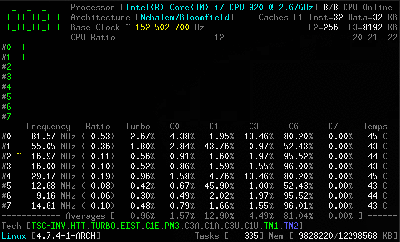 The tool relies on a kernel module, and is coded primarily in C, with some assembly code used to measure performance as accurately as possible. It’s capable of reporting everything from core frequencies to details on hyper-threading and turbo boost operation. Other performance reports include information on instructions per cycle or instructions per second, and of course, all the thermal monitoring data you could ask for. It all runs in the terminal, which helps keep overheads low.
The tool relies on a kernel module, and is coded primarily in C, with some assembly code used to measure performance as accurately as possible. It’s capable of reporting everything from core frequencies to details on hyper-threading and turbo boost operation. Other performance reports include information on instructions per cycle or instructions per second, and of course, all the thermal monitoring data you could ask for. It all runs in the terminal, which helps keep overheads low.